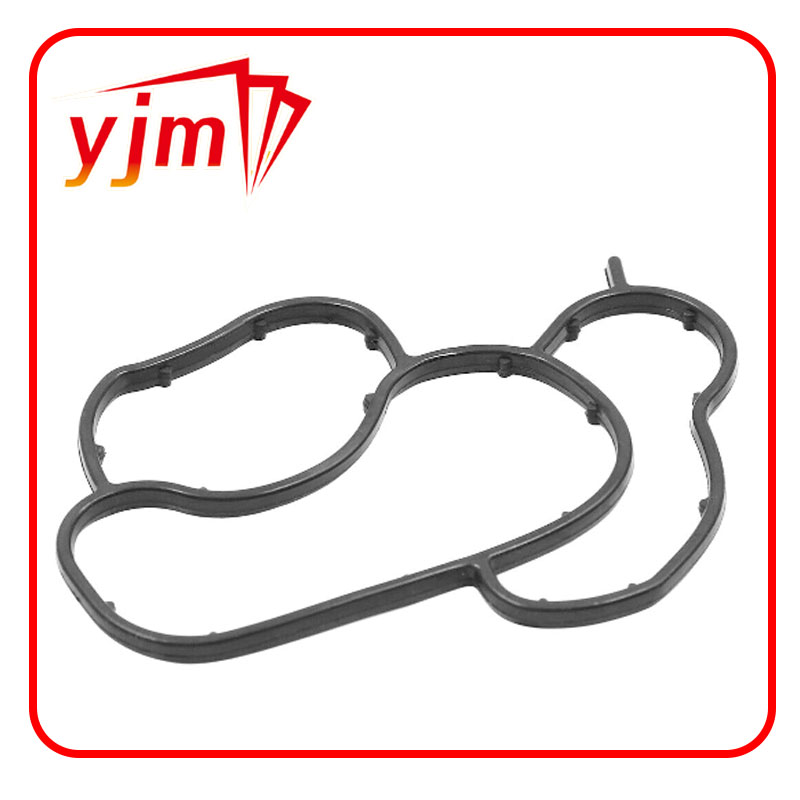Impact of Stern Tube Bearings on Ship Performance and Efficiency
The Role of Stern Tube Bearings in Ship Design and Functionality
Stern tube bearings are critical components in the marine engineering industry, playing a pivotal role in the performance and longevity of ships. Located at the aft section of a vessel, these bearings support the propeller shaft as it passes through the hull, facilitating efficient transmission of power and supporting the maneuverability of the ship. Understanding the design, function, and maintenance of stern tube bearings is essential for ensuring the seamless operation of marine vessels.
Design and Components
Stern tube bearings are generally designed to withstand high loads and dynamic forces generated during operation. They are typically made from durable materials such as bronze, composite materials, or rubber, which provide a balance between mechanical strength and wear resistance. The design may also incorporate features such as water-lubricated systems, which allow for effective cooling and lubrication, thereby reducing friction and wear between the shaft and the bearing.
The stern tube assembly consists of several key components the stern tube itself, which is a tubular structure that houses the propeller shaft; the bearings placed within the stern tube; and seals that prevent water ingress and protect the internal components from corrosion and fouling. A properly designed stern tube bearing not only ensures smooth rotation of the shaft but also contributes to the overall hydrodynamic efficiency of the vessel.
Functionality
The primary function of stern tube bearings is to support the propeller shaft, enabling it to rotate freely while transmitting power from the engine to the propellers. This rotation is fundamental for propelling the ship forward, allowing it to maneuver efficiently through various sea conditions. The bearings help to align the shaft and maintain its axial and radial positioning, which is crucial for preventing excessive wear and potential failure of the propeller system.
stern tube bearing on ship

Moreover, stern tube bearings play a significant role in noise and vibration reduction
. By providing a stable support system for the rotating shaft, they minimize the transmission of vibrations to the hull, resulting in a quieter and more comfortable experience for passengers and crew aboard the ship.Maintenance Considerations
Regular maintenance of stern tube bearings is essential for ensuring their optimal performance and prolonging their lifespan. Operators should schedule routine inspections to check for signs of wear, corrosion, and any signs of lubricant contamination. Monitoring the temperature of the bearings can also provide valuable insights into their operational health; excessive heat may indicate insufficient lubrication or alignment issues.
Water-lubricated stern tube bearings require careful attention to the quality of the water used, as impurities can lead to accelerated wear and failure. In contrast, oil-lubricated systems necessitate checking oil levels and ensuring the integrity of seals to prevent leaks and contamination.
Furthermore, advancements in technology have given rise to condition-monitoring systems that use sensors to provide real-time data on bearing performance. Implementing such technologies can enhance maintenance strategies by allowing for predictive maintenance rather than reactive approaches, ultimately reducing downtime and repair costs.
Conclusion
Stern tube bearings are indispensable components that significantly influence the overall performance and reliability of marine vessels. With their critical role in supporting the propeller shaft, reducing vibrations, and ensuring efficient power transmission, their design and maintenance are paramount to the successful operation of ships. As the maritime industry continues to evolve, ongoing research and development in bearing technology will play a vital role in enhancing performance and sustainability at sea. Ensuring that these components are well-designed and maintained is not just a technical requirement but a key aspect of safe and efficient maritime operations.
-
The Ultimate Guide to Car Repair Kits: Tools and Essentials Every Driver Should Own
News Aug.01,2025
-
The Complete Guide to Oil Pan Gaskets: Sealing Engine Leaks the Right Way
News Aug.01,2025
-
Preventing Oil Leaks: A Complete Guide to Oil Pan Gaskets and Drain Seals
News Aug.01,2025
-
Everything You Need to Know About Oil Pan Gaskets and Drain Plug Seals
News Aug.01,2025
-
Essential for Car Owners: How to Use a Car Repair Kit to Deal with Minor Breakdown
News Aug.01,2025
-
Comprehensive Guide to Engine Oil Sump Gaskets and Related Seals
News Aug.01,2025
-
The Ultimate Guide to Boat Propeller Bearings and Trailer Wheel Bearings
News Jul.31,2025
Products categories















